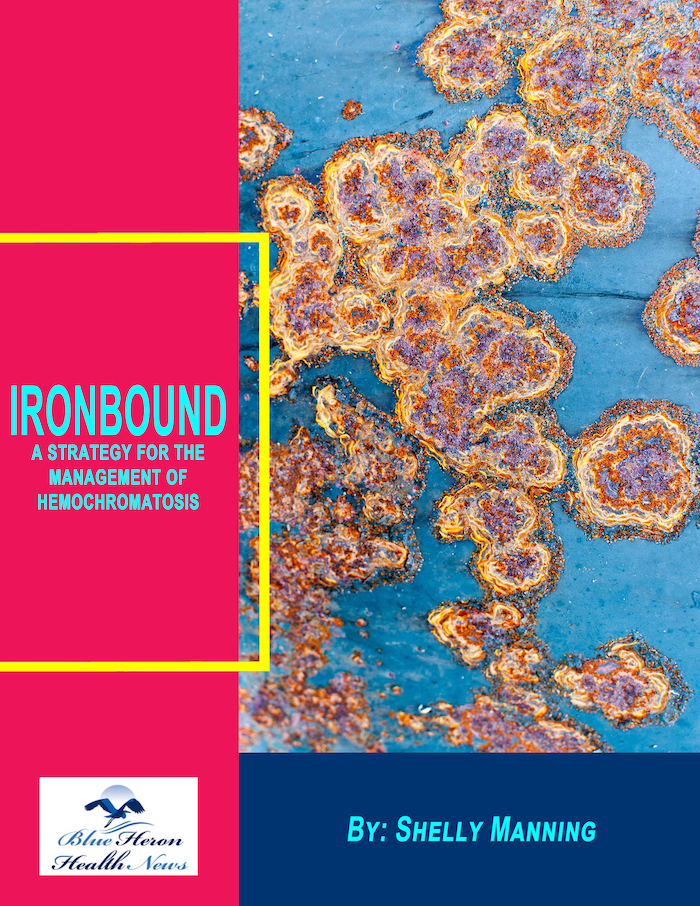
Ironbound™ A Strategy For The Management Of Hemochromatosis By Shelly Manning The 5 superfoods explained by Shelly Manning in this eBook play an important role in reducing the levels of HCT. The absorption of the excessive amount of iron by the genes of HCT can be blocked by these superfoods. In this way, the information provided in this eBook can help in resolving the problem of excess iron in your body naturally without any risk of side effects.
How does hemochromatosis affect the endocrine system?
Hemochromatosis is a genetic disorder characterized by excessive absorption and storage of iron in the body, which can have significant effects on various organs, including the endocrine system. The excessive iron deposits can lead to dysfunction in several endocrine glands, resulting in a range of complications.
1. Pancreas (Diabetes Mellitus)
- Iron Accumulation: In hemochromatosis, iron deposits in the pancreas can damage the insulin-producing beta cells, leading to insulin resistance and eventually causing diabetes mellitus, often referred to as “bronze diabetes” due to the associated skin pigmentation changes.
- Prevalence: Diabetes is a common complication in individuals with hemochromatosis, and managing blood sugar levels becomes more challenging as the disease progresses.
2. Pituitary Gland (Hypopituitarism)
- Hypopituitarism: Iron overload can affect the pituitary gland, leading to hypopituitarism, a condition where the gland does not produce enough of certain hormones. This can impact various hormonal axes, including the adrenal, thyroid, and reproductive systems.
- Symptoms: Patients may experience fatigue, weakness, infertility, and menstrual irregularities due to the decreased production of pituitary hormones.
3. Gonads (Hypogonadism)
- Primary and Secondary Hypogonadism: Hemochromatosis can cause both primary and secondary hypogonadism. In men, this results in low testosterone levels, leading to symptoms such as reduced libido, erectile dysfunction, and loss of muscle mass. In women, it can cause menstrual irregularities and early menopause.
- Mechanism: The iron deposits can directly affect the testes and ovaries or indirectly impair the pituitary gland’s ability to produce luteinizing hormone (LH) and follicle-stimulating hormone (FSH), which are critical for reproductive function.
4. Thyroid Gland (Hypothyroidism)
- Thyroid Dysfunction: Iron overload can also impact the thyroid gland, potentially leading to hypothyroidism. This condition results from the gland’s decreased ability to produce thyroid hormones, which regulate metabolism.
- Symptoms: Patients with hypothyroidism may experience weight gain, fatigue, cold intolerance, and depression.
5. Adrenal Glands (Adrenal Insufficiency)
- Adrenal Insufficiency: In some cases, iron deposits in the adrenal glands can lead to adrenal insufficiency, where the glands do not produce adequate amounts of cortisol and aldosterone, hormones essential for stress response, blood pressure regulation, and electrolyte balance.
- Symptoms: Symptoms include fatigue, muscle weakness, low blood pressure, and salt cravings.
6. Parathyroid Glands (Hypoparathyroidism)
- Hypoparathyroidism: Although less common, iron overload can affect the parathyroid glands, leading to hypoparathyroidism. This condition results in low levels of parathyroid hormone (PTH), which is crucial for calcium regulation in the body.
- Symptoms: Low PTH levels can cause hypocalcemia, leading to muscle cramps, tingling sensations, and, in severe cases, tetany.
Conclusion
The effects of hemochromatosis on the endocrine system are widespread and can significantly impact a patient’s quality of life. Early diagnosis and management of iron overload are crucial to preventing these complications. Regular monitoring of endocrine function in patients with hemochromatosis is essential for timely intervention and management of associated conditions.
Sources:
- National Institute of Diabetes and Digestive and Kidney Diseases (NIDDK): Provides comprehensive information on hemochromatosis and its impact on various organs, including the endocrine system (NIDDK – Hemochromatosis).
- Cleveland Clinic: Discusses the endocrine complications associated with hemochromatosis, including diabetes, hypogonadism, and hypothyroidism (Cleveland Clinic – Hemochromatosis).
- Journal of Clinical Endocrinology and Metabolism: Offers research articles on the impact of iron overload on endocrine function (JCEM).
Ironbound™ A Strategy For The Management Of Hemochromatosis By Shelly Manning The 5 superfoods explained by Shelly Manning in this eBook play an important role in reducing the levels of HCT. The absorption of the excessive amount of iron by the genes of HCT can be blocked by these superfoods. In this way, the information provided in this eBook can help in resolving the problem of excess iron in your body naturally without any risk of side effects.
